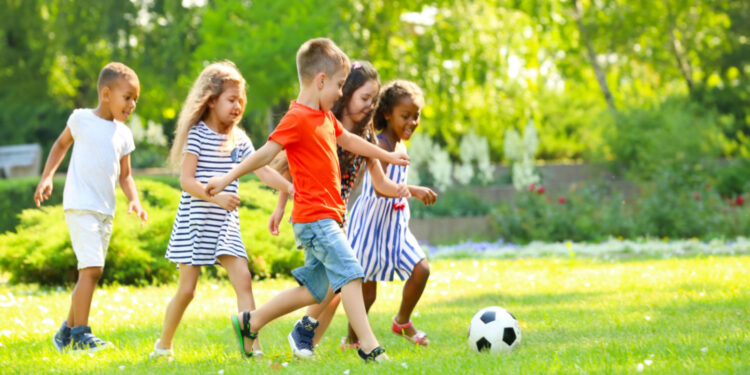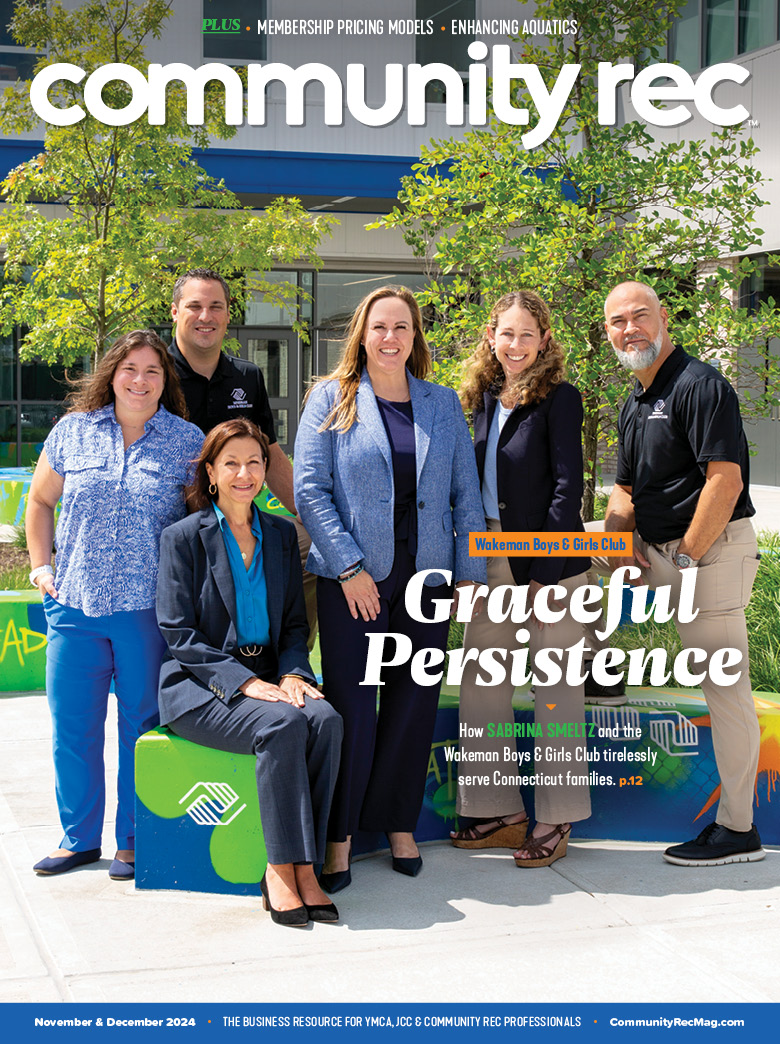The importance of quality movement programs for children.
Children learn the importance of physical activity and establish a foundation of developing a healthy living style during their early years, often modeled by a trusted adult. A quality movement program will have children acquire fundamental movement skills to enhance learning for more complex movement in the future. Through these programs, children will have the opportunity to their build their self-esteem and confidence in their movement ability and skills in an enriched and positive learning environment to increase the probability they will participate in active games and sports later in life.
In a quality movement program, children receive the building blocks to establish healthy habits necessary to continue to develop their mental, social and physical well-being. Additionally, through educational sound programs, children will not only improve their quality of life through building their movement and physical literacy skills, but will acquire many life lessons and skill levels that will impact their success. This includes but is not limited to social, cooperation, leadership, listening, emotional and skills.
Learn More: A deeper look into the science behind behavior change.
Quality movement programs will teach the important skills that are helpful to develop into a lifelong mover. An educational learning environment will have children develop a foundation of a variety of movement that will create a pathway for their physical, social and mental well-being
According to the National Association for Sport and Physical Education (NASPE), there are five premises of quality movement programs for children. These include:
- Children should engage in movement programs designed for their individual developmental levels.
- Young children learn through interacting with their environment.
- Young children learn and develop in an integrated fashion.
- Planned movement experiences enhance play experiences.
- Teachers serve as guides or facilitators for young children.
Overall, young children learn through involvement, observation and modeling, which require teachers to facilitate children’s active involvement in learning.










